The story of wildlife conservation in India is not just about battling an overbearing, cruel and amoral system of governance but also about overcoming ignorance and public apathy. That is why on World Animal Welfare Day, it feels pertinent to highlight the contributions of certain individuals in our past who not only challenged the status quo but also raised public consciousness and inspired action against the incredible cruelty met to our precious wildlife. To keep alive the memory of their work is to remember what it means to preserve our wildlife. (Above images of Kailash Sankhala, J Vijaya & Rinchen Wangchuk)
1. Rinchen Wangchuk: What it means to co-exist with snow leopards
Despite having a famous father in Colonel Chewang Rinchen, a decorated Ladakhi soldier, Rinchen Wangchuk forged his own path. As a wildlife researcher from Ladakh, he framed a question that would address the fundamental challenge of snow leopard conservation.
How do you reconcile the notion of snow leopard conservation with the needs of local communities who lose their livestock, particularly sheep and goats, to these elusive creatures? To answer this question, he established the Snow Leopard Conservancy-India Trust (SLC-IT) in 2000 to promote local efforts towards community-based conservation efforts.
Besides taking a variety of steps to help local farmers and nomads protect their livestock from snow leopards, thus preventing man-animal conflicts, he also pioneered one of the earliest models of eco-tourism with conservation-linked homestays located in critical snow leopard habitats and along popular trekking routes. These successful models of community-based tourism in the Hemis National Park, the Sham region, and Zanskar still stand today.
He tragically passed away at the age of just 42 in 2011 due to a deteriorating neurological condition but not before leaving behind a stellar legacy.
2. Fateh Singh Rathore: The forest officer who showed India how to protect tigers
Known for his trademark long handlebar moustache, olive-coloured safari hat and dashing dark glasses, the late Fateh Singh Rathore remains the principal architect behind the success story that is the Ranthambhore National Park. As a ranger, warden, and field director at one of India’s best-known tiger preserves, Fateh’s work emphasised three things — natural regeneration of the habitat, constant engagement with local communities living in its vicinity that went way beyond consultations, and an abiding love for the creatures who inhabited this forest.
It became the blueprint for what a successful tiger conservation strategy looks like.
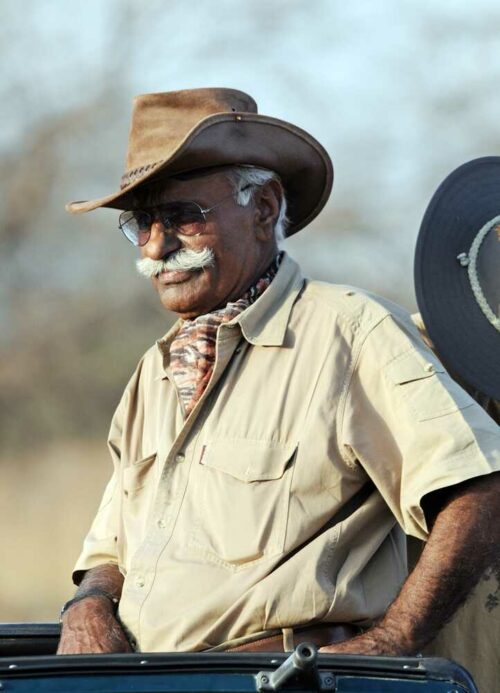
Fateh’s approach to conservation was marked by his incredible knowledge of the terrain inside Ranthambore’s core area and the depth of his engagement with the local community — whether it was relocating 16 villages inhabited in the core area of the National Park and ensuring that the village economy thrived despite this resettlement and a crackdown on poaching. He nearly died for his efforts.
Also, as a forest officer, his loyalties only lay with the forests and not politicians or superior officers — a feature of his work that would come at a great personal cost.
3. Jamal Ara: The first ‘Birdwoman’ of India
In an era when the field of ornithology was dominated by men, Jamal Ara stood out as a pioneer. It was the legendary ornithologist Salim Ali who called her the first ‘Birdwoman’ of India.
From present-day Jharkhand, her work on the ornithology of the Chota Nagpur plateau “remains the only comprehensive study of birds in the region till date” according to an essay by wildlife historian Raza Kazmi titled The First Lady of Indian Ornithology — published in a recent collection of essays titled Women in the Wild edited by Anita Mani.
Despite only studying till Class 10, she was a prolific writer on the subject of birds. According to Kazmi, from 1949 to 1988, she contributed to more than 60 papers and published articles to journals including the Bombay Natural History Society and Bengal Natural History Society, and the Newsletter for Birdwatchers, a publication read by amateur and professional ornithologists.
What’s more, she also wrote a small booklet for children titled Watching Birds published by the National Book Trust (NBT). The book is currently in its 13th edition and it continues to educate children on the birds of India in multiple languages till this day.
Beyond her prolific writing, she also raised awareness among the masses through her programmes in All India Radio (AIR) and also dabbled in journalism for mainstream publication. “More importantly, in those days, she was the only spokesperson for Bihar’s imperilled wilderness,” which went beyond just advocating for birds, according to Raza. Her prescriptions and recommendations would lay a lot of the groundwork for modern conservation in India.
4. Kailash Sankhala: The unsung hero who changed the destiny of tigers
Kailash Sankhala, the first director of Project Tiger, played a fundamental role in turning the tide for wildlife conservation in India, particularly of tigers. A pioneering field officer, he did real field research work to understand the secretive lives of tigers from their behaviour, population dynamics to daily activities.
But all this work was triggered by an incident in the early 1950s when he killed a tiger. Riddled by guilt, it transformed him from a forest officer just issuing hunting permits to spending the remainder of his life protecting the tiger and its habitat.
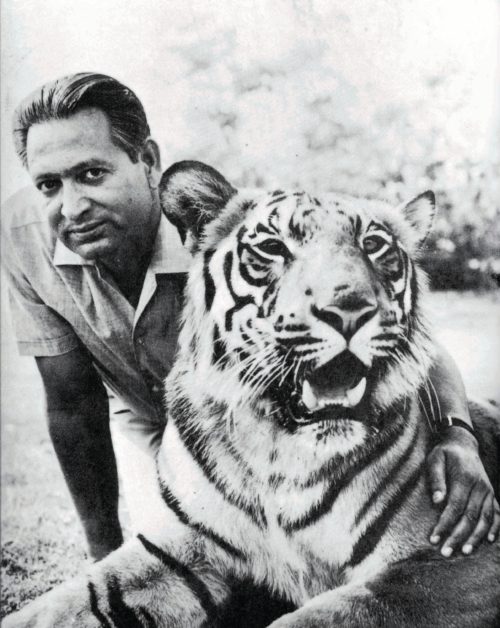
By gathering public support on the issue of tiger conservation in the national and international media, he first persuaded the Government of India to ban the export of tiger, leopard, and panther skins or the products made from them in 1970 and ban the hunting of tigers altogether in 1972.
A few months later in April 1973, prime minister Gandhi established Project Tiger to “protect and restore natural habitats of tigers and to track and protect the remaining wild tigers in India” and handpicked Sankhala as its first director.
5. S P Shahi: The guardian of India’s wolves
Mahuadanr Wolf Sanctuary in Jharkhand — the only sanctuary in India dedicated to wolf preservation — owes its existence to S P Shahi, a pioneering conservationist and forest officer. Back in the 1960s, he paid close attention to how wolves were hurtling towards extinction.
Wildlife historian Raza Kazmi noted how unlike most forest officers of his era, Shahi recognised the importance of what we now call ‘Open Natural Ecosystems’ for wolves. These ecosystems consist of a range of non-forested habitats from savanna grasslands to deserts, which host a high density of “large mammalian fauna”. What’s particularly interesting about these ecosystems is that unlike wildlife sanctuaries and other protected areas where limits are set on human habitation, they support the lives and livelihoods of pastoralists and their livestock.
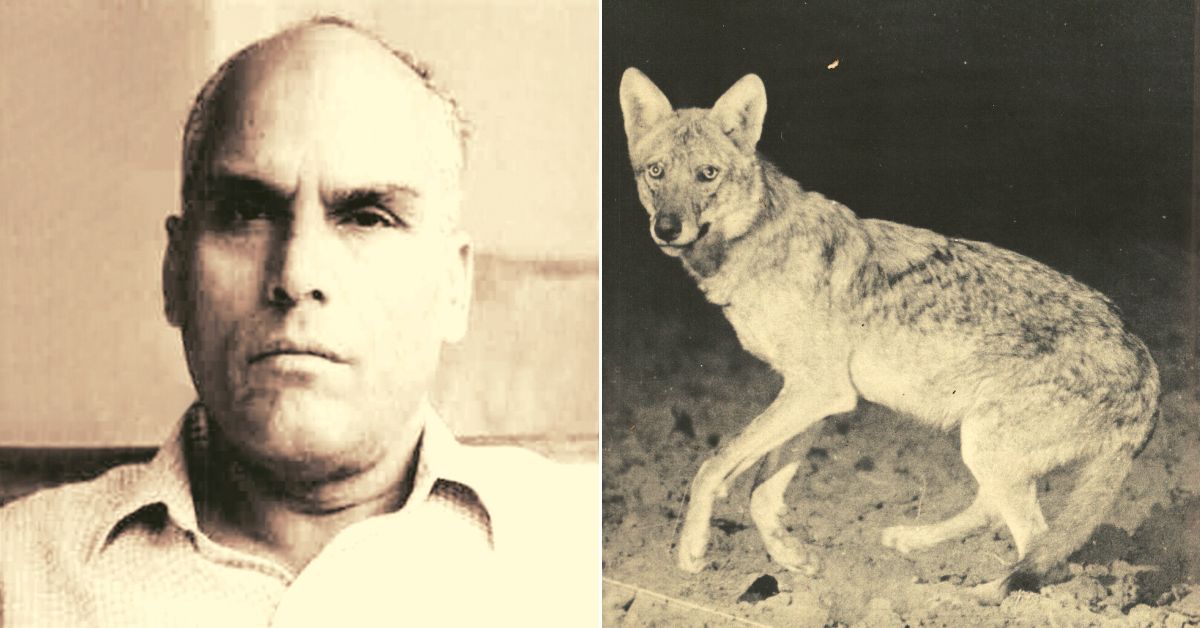
As a result, like Fateh Singh Rathore, Shahi also understood the role of local communities (in this case pastoralists) in facilitating conservation. Beyond wolves, Shahi’s work in Palamau and his meticulous documentation of its wildlife was a very key reason that this forest was declared as tiger reserves in 1973, according to P K Sen, former director of Project Tiger.
6. J Vijaya: The defender of India’s turtles
On 18 April 1987, the bodily remains of J Vijaya, the country’s first female herpetologist and turtle field biologist, were found in Guindy National Park, Tamil Nadu. Only 28, the cause of her death remains unknown to this day but what remains undeniable is the legacy she left behind.
Starting off as a volunteer at Madras Snake Park in 1975 as a college student, Vijaya (known to her friends as ‘Viji’) would go on to not only become one of the foremost researchers of turtles but also play a pivotal role in its conservation. To understand the scope of turtle trade and the exploitation it entailed, she would travel the length and breadth of this country from the ‘badlands’ of the Chambal (ravines) to the meat markets of Kolkata.
According to a tribute penned by freelance journalist Janaki Lenin in Ecologise, “The black and white pictures she took of the gory Ridley sea turtle slaughter on Digha beach and in the meat markets of Calcutta, shook the public when India Today magazine ran them in the early 1980s. This was the first media expose ever done on the free-for-all trade in sea turtles and highlights the difference one individual can make for conservation.”
As a result of her expose, the Government of India immediately took action against the exploitation of sea turtles.
7. Anne Wright: India’s adopted daughter and pioneer of wildlife conservation
On 4 October, 2023, India mourned the loss of Anne Wright, a pioneering conservationist who dedicated over five decades to protecting India’s wildlife. This daughter of a British civil servant decided to adopt India as ‘her country’ and worked tirelessly to protect its fauna.
Anne was a true changemaker, breaking gender barriers in wildlife conservation, playing a key role in drafting the Wildlife (Protection) Act of 1972, and driving the creation of numerous Protected Areas, including Palamau Tiger Reserve and Dalma Wildlife Sanctuary. She worked closely with local communities and bureaucracies to make lasting changes.
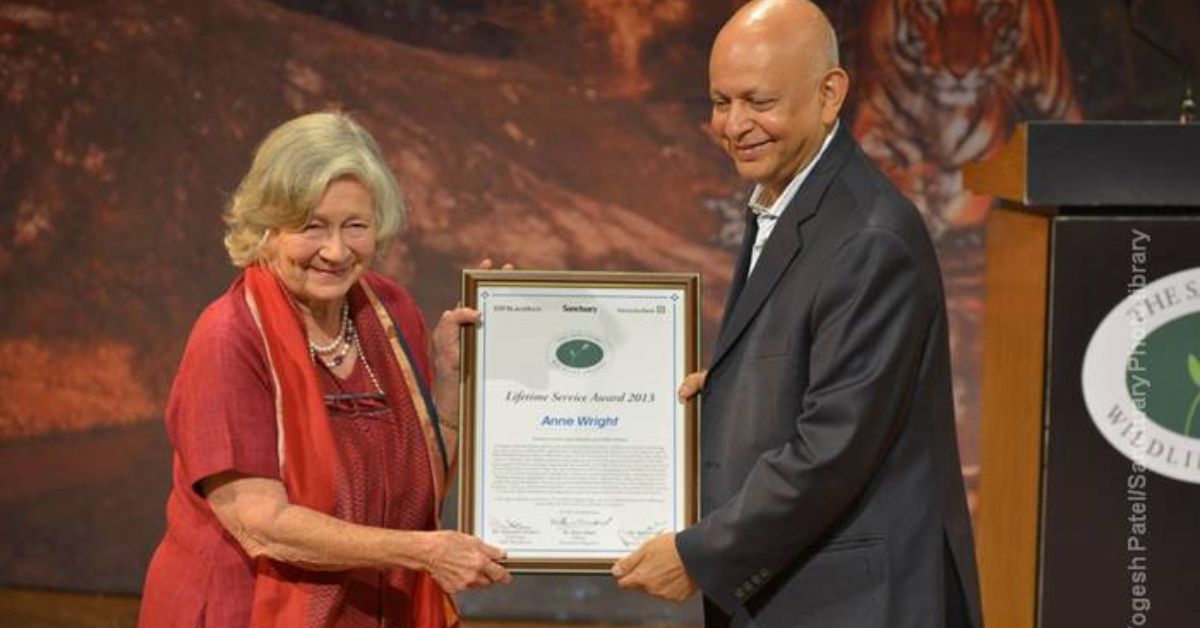
Beyond working towards these critical causes, in 1970, she also wrote an article published in The Statesman, which describes in harrowing detail the illegal sale of tiger and leopard skins in Kolkata. The article was republished in The New York Times (NYT), causing a global storm.
As wildlife historian Raza Kazmi notes, “The article was debated heavily in the Indian Parliament, and it isn’t an exaggeration to say that this article, along with the damning photographs on the scale of tiger hunting especially for skin trade, convinced the then prime minister Indira Gandhi to ban tiger hunting the very same year (1970). That was the power of her pen.”
8. Saroj Raj Choudhury: A parent to the tigress Khairi
On 5 October, 1974, a female tiger cub was brought to Saroj Raj Choudhury, the founder Field Director of the Similipal Tiger Reserve in the Mayurbhanj district of Odisha. Found unattended by people of the Kharia tribal community, Saroj would name her ‘Khairi’.
For the next seven years, Khairi would become a ‘free-living family member’ at Choudhury’s official bungalow in Jashipur. She was fed with mutton and milk powder, slept on their beds and often played with them. Saroj closely observed her to study the various behavioural aspects of tigers, especially the use of pheromones, their mating behaviour and territoriality, among others.
But long before Saroj Raj Choudhury took over as the Simlipal Tiger Reserve’s first Field Director and met Khairi, he had already established himself as a pioneer of wildlife conservation, particularly of tigers, in India.
From developing the pugmark tracking technique — which was the bedrock of organising tiger censuses in India till 2004 and the foundation of India’s much vaunted Project Tiger initiative — to mentoring generations of forest officers in the finer nuances of wildlife conservation, Choudhury remains a legendary conservationist.
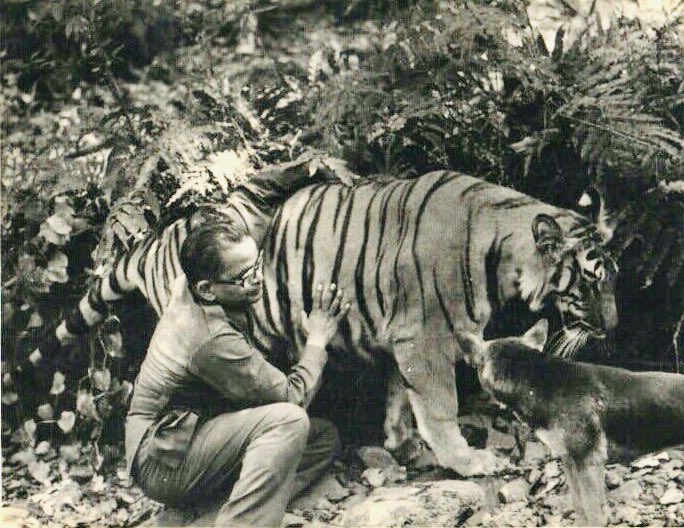
(Edited by Pranita Bhat; Images courtesy Wikimedia Commons/Fateh Singh Rathore, X/Sanctuary Asia, Amit Sankhala, SLC-IT, Raza Kazmi, X/Ramesh Pandey IFS)
No comments:
Post a Comment